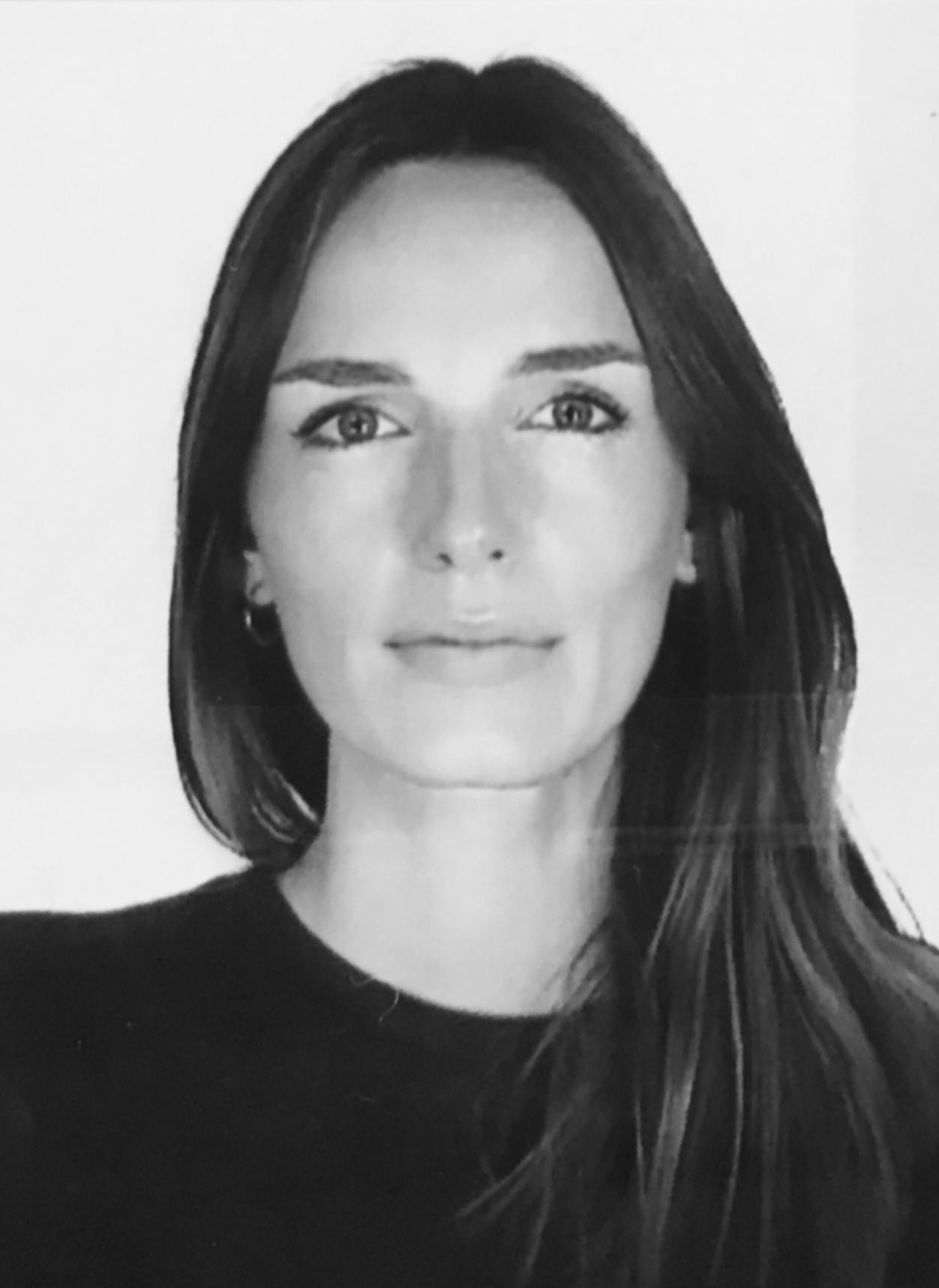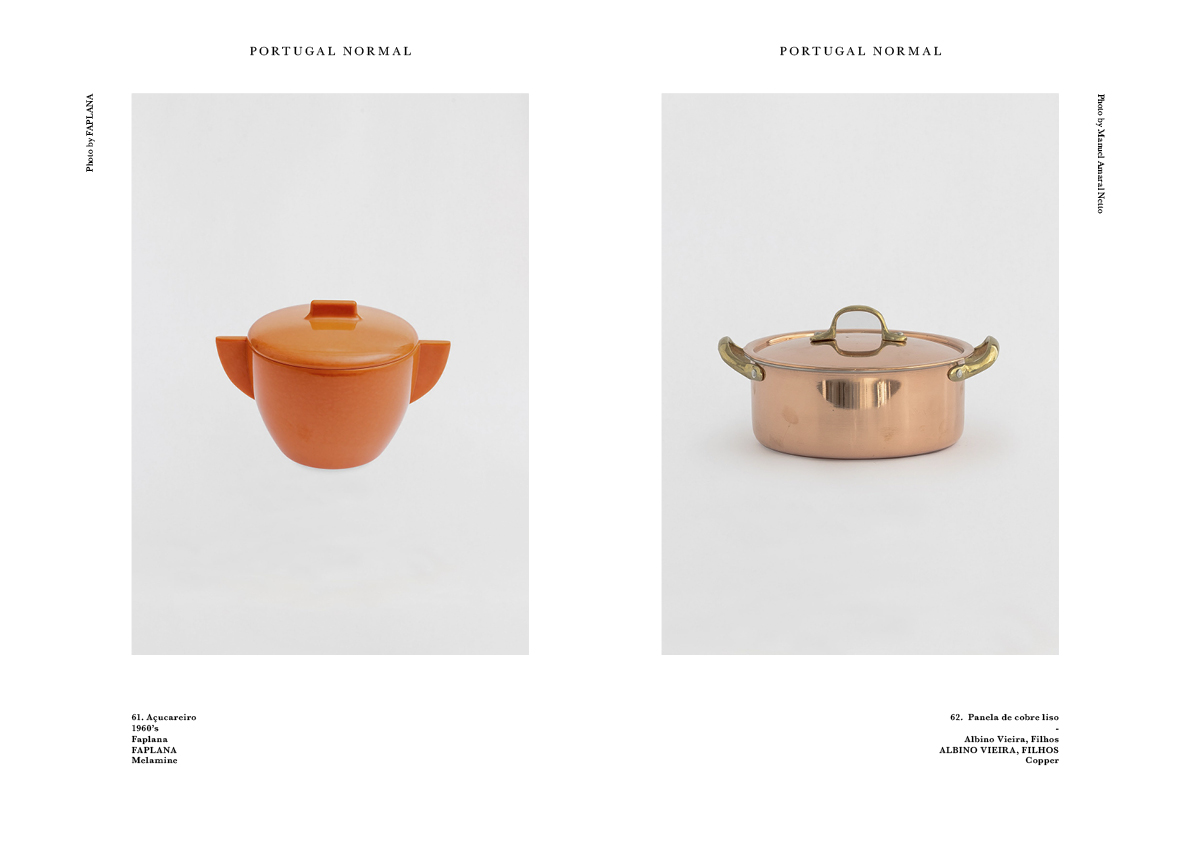„The world understands one bit more of how much the internet connects us at a distance”
Together with Qreator by IQOS, we were going to launch a new events category during this year's edition of Romanian Design Week. It is called DESIGN FLAGS, a series of seven exhibitions that document the evolution of design from international cultural perspectives, which would have been hosted by Qreator by IQOS space.
Because, at the moment, the safest thing for all of us is to #stayhome, but also because we thought of sharing with you the content of these exhibitions, we decided to exhibit these international projects online, here, but also to start a series of interviews with the teams behind them. Thus, we have the opportunity to discover together the ideas and insights that made possible each of these.
Presented with the help of the Spanish Embassy in Bucharest, the Hungarian Institute in Bucharest, the Czech Centre, Designmuseum Danmark, CHART, Next Nature and KWY.studio, the seven exhibitions investigate new approaches and concerns in design and present innovative ideas and products that manage to redefine the sphere of which they are part.

In today's interview we talked to Luise Marter, collaborator of the KWY.studio in Lisbon and co-curator alongside Ricardo Gomes of the exhibition Portugal Normal, part of DESIGN FLAGS.
Born in Germany in 1990, Luise studied architecture at UDK(University of the Arts) in Berlin between 2009 and 2016, where she worked as an assistant in the Digital and Experimental Design department. She then worked at KWY in Berlin and Lisbon between 2014 and 2016, as well as in Basel at Christ & Gantenbein, in 2017 and 2018. Since 2018, she has been collaborating with the KWY.studio in Lisbon.
- At this year’s edition of Romanian Design Week you will present the exhibition Portugal Normal. Tell us about it, how was this exhibition born and developed and how was it received by the audience so far?
The concept of Portugal Normal is based on a certain idea of normality and departs from a survey of useful, functional and timeless design objects of national production which have little visibility across borders. This specific way of looking at design originated with Das gewöhnliche Design, an exhibition in Darmstadt, Germany in 1976, and was developed further through the Super Normal exhibitions and publications organized by Jasper Morrison and Naoto Fukasawa since 2006.

Photo credits: Portugal Normal -Exhibition catalogue by KWY.studio, 2019. Photo by Manuel Amaral Netto
Portugal Normal is a selection of common historical objects, continuously produced in various materials, in parallel with a careful selection of objects by contemporary designers, which demonstrate common characteristics and a similar potential: that of being able to make part of the Portuguese culture and collective memory.

Photo credits: Portugal Normal -Exhibition catalogue by KWY.studio, 2019. Photo by Manuel Amaral Netto
In the design field Portugal is known for its architecture and perhaps for good materials and traditional craftsmanship – not for its product design, historical or contemporary. The rising general interest in simple and functional objects as well as a focus on sustainable sourcing and considered labour practices creates an environment where some of these objects – or the collection in itself – are received with surprise: in Copenhagen there was a genuine interest with the collection we assembled.

Photo credits: Portugal Normal -Exhibition catalogue by KWY.studio, 2019. Photo by Manuel Amaral Netto
- Where did you showcase it so far and how was it curated?
The exhibition was curated in 2019 for the 3DaysOfDesign festival in Copenhagen. It was installed at the Portuguese Embassy and organised by AICEP Portugal Global – Trade & Investment Agency. We were invited since we have various projects in Denmark and have developed a cultural understanding that helps us identify what can be of interest to a very demanding audience.
The exhibition attracted substantial interest during the festival and also since then through the website and catalogue we prepared: there is a certain relation everyone can establish with these objects and a parallel with their own memories of basic, functional design objects.
In the catalogue we have also explored the concept of ‘odd couples’ pairing the objects to create unexpected relations and suggest different stories. Stories about use, scale, colour, material and history. For Bucharest we are currently exploring this particular way of exhibiting the most significant part of the assembled collection.
- Tell us about KWY. studio, this multidisciplinary platform through which you develop all your projects. Can you share with our public some of your most important projects?
KWY.studio is a multidisciplinary platform investigating the nature of collaboration within the context of specific projects. Founded in 2009, KWY’s projects are often collaborations: with few initial preconceptions, each project begins with dialogue and analysis between the collaborators. This process-oriented methodology often leads to diverse thoughts that are otherwise unexpected and unimaginable.
In 2014, we were invited to present Sømærkeat the Sculpture by the Sea Aarhus biennial, and to curate and participate in techne, n.: A convergence between art, craftsmanship and architecture, a group exhibition at Den Friein Copenhagen.
In 2016, we began a collaboration with the Danish collective SUPERFLEX, debuting Waste Water Fountain for the Emscherkunsttriennial, Germany, and Flagship Shelters at Roskilde festival, Denmark.
In 2017, we co-curated the Public Art Circuit of the Walk&Talk, Azores, and collaborated with SUPERFLEX in One Two Three Swing!, Tate Modern Hyundai Commission, London, which has since been exhibited in Bonn, Copenhagen, the DMZ in South Korea and Al Ula in Saudi Arabia.

Photo Credits: One Two Three Swing! - Artwork by SUPERFLEX in collaboration with KWY.studio, 2017. Photo by James Morris
In 2018, we inaugurated the Origin light art installation in the city of Aarhus, a proposal designed in collaboration with British light artist Nathaniel Rackowe. Last summer we designed Planos de Fuga, a pavilion to exhibit the digital work of Oskar & Gaspar with a soundtrack by Rodrigo Leão, and just recently we completed the Desert X AlUla Visitor Centre, a building in the desert to support the site-specific contemporary art exhibition.
Photo Credits: Origin - Artwork by KWY.studio with Nathaniel Rackowe, 2018. Photo by Martin Schubert
Photo credits: Desert X AlUla Visitor Centre - Building by KWY.studio, 2020. Photo by Colin Robertson
- The exhibition is based on a certain idea of normality. How do you think that the concept of normality will change, considering the situation we are currently going through?
Portugal Normal is more about Normal than Portugal. One could imagine the project to have started in another country and it would have produced a different collection of objects focusing on the same idea, invoking similar memories.
The Portugal Normal selection identifies an almost timeless normality of the past century. Some of these objects are difficult to pin down: they may be 50 years old but could have also been made today. That is the enormous quality they have, although nowadays possibly be made of different materials and to a higher standard, the designs stay relevant.
Normality relates to an idea of simplicity and currently there is a reorientation of what we consider to be normal towards what matters. It is not in a conservative, nor nostalgic or nationalist way that we see this development being a positive one. It is rather an appreciation for this process evoking very relevant questions - What is around us, what is enough, what is needed to make new things?
- How do you think the role of design will evolve in this New Normality? How about the objects we design?
There is a lot of discussion happening about the way we work in these changing times. For KWY.studio it is less of a change. We have been working online and between different countries for most of our time. The founding partners have been in different places since the beginning, our projects are in various countries, even the first exhibition we curated and produced was done by three people in three different countries. We are used to conveying ideas from a distance, using tools that structure and visualise thoughts and design processes. At the moment we see how the world is largely and widely discovering these possibilities. The world understands one bit more of how much the internet connects us at a distance.
However, we realise where the limits are. There are certain dynamics of creative processes, especially at the initial moment of a project, which are more difficult, when human interaction is missing. For those moments and many more we need the normality we once knew to return to our lives.
- How is the local Portuguese creative scene responding to the current situation?
There are governmental programs like in most other countries where artists can apply for funding if they have projects that have been suspended – however it is precisely in protesting against these shy attempts that a new sense of collectiveness seems to be appearing. It could be that everything will go back to normal in a few months but there is indeed a chance of rethinking how we are collectively organised.
- What would you recommend to a designer as a resource for this period of isolation (in terms of activities, books, online courses or other resources)?
There is a great book we recommend warmly - The Hard Life by Jasper Morrsion. It shows a fascinating collection of historic utilitarian objects of Portugal.
For those who want to watch something else than the usual series and films, there is a documentary about Dieter Rams called Rams, produced and directed by Gary Hustwit -a 74 minute dive into his work.
And we recommend following the work of through objects, a website that aims and succeeds in telling some of the most interesting design stories.
- What do you hope we will all learn from all of this?
There is a re-evaluation of priorities happening at this moment and there is two thoughts that one can have in this current situation: Life is short, therefore there is still so much we want to achieve and do VS Life is short, therefore we should appreciate what we have and protect it. We either learn to fear and stay safe or we learn to love life and freedom. Both ideas are understandable, neither is better than the other. We hope that we all learn a bit of both ideas and overcome fear for the joy of life. We hope to learn that together we are stronger and No man is an island entire of itself.
Where you can find them:
https://www.instagram.com/kwy.studio/
Design Flags is supported by Qreator by IQOS.
Qreator by IQOS - Home of Creativity is one of the most active promoters and facilitators of creativity in the cultural area of Bucharest. Through the events it organizes or hosts, Qreator by IQOS connects the creative communities of Bucharest with all those passionate about creativity, in all its forms. Qreator by IQOS provides a space where they can express themselves and collaborate, but also the technological resources needed to put their ideas and projects into practice. More information on http://www.qreator.ro and http://www.facebook.com/qreator.
_________
Find out more about the Portugal Normal exhibition here.
